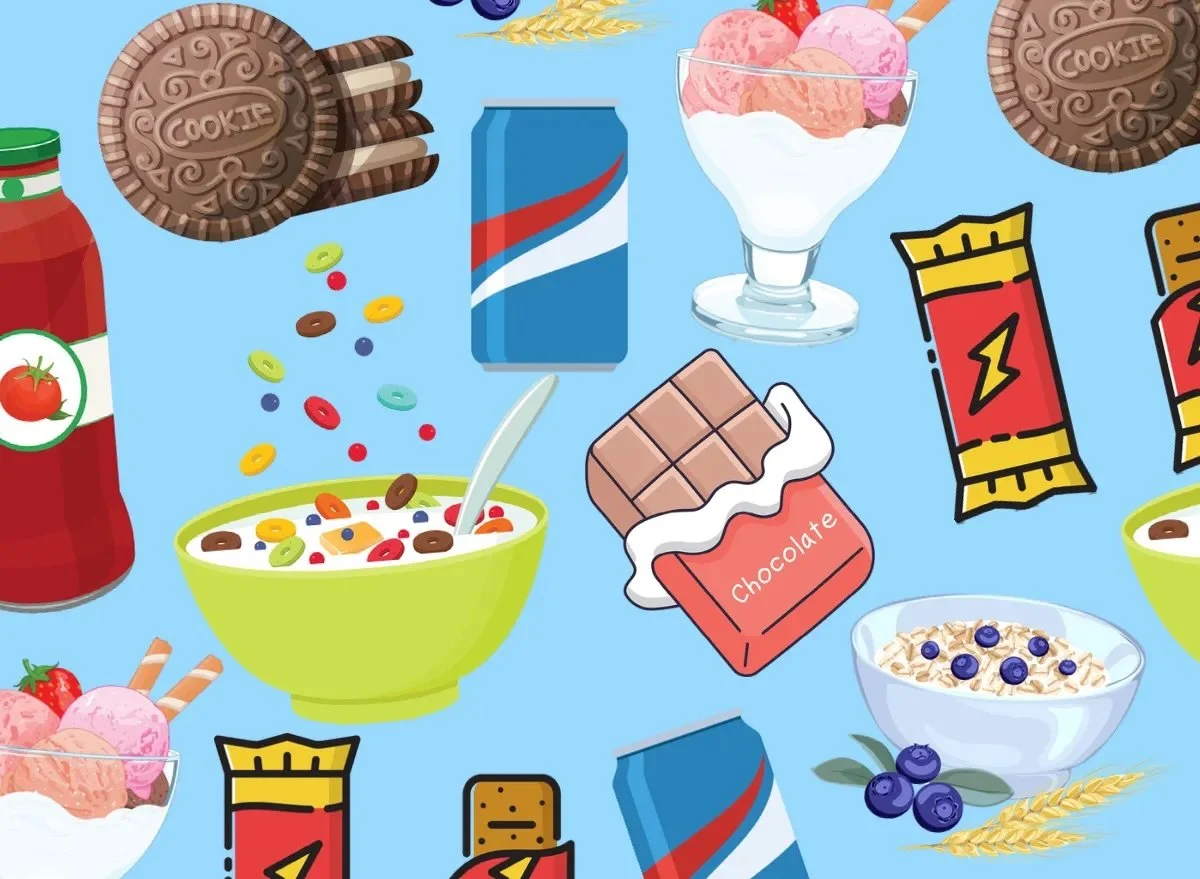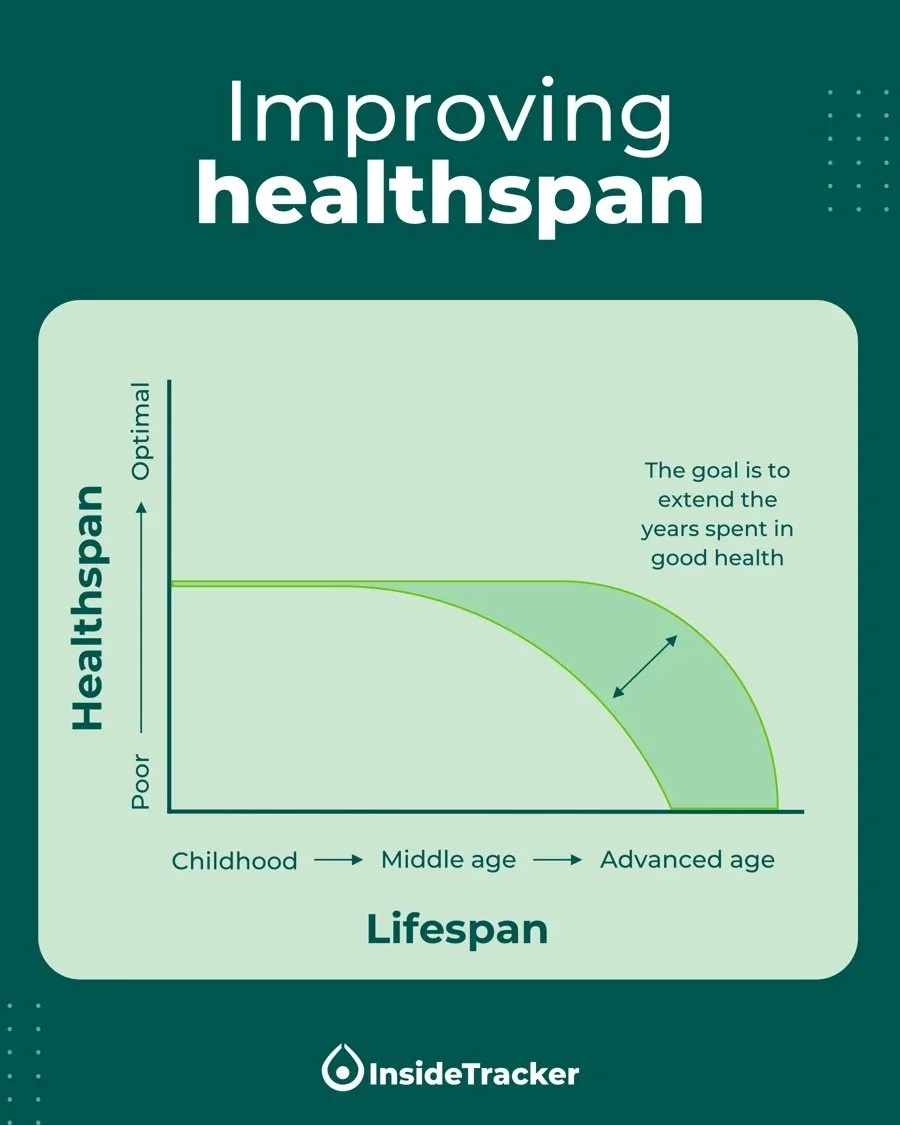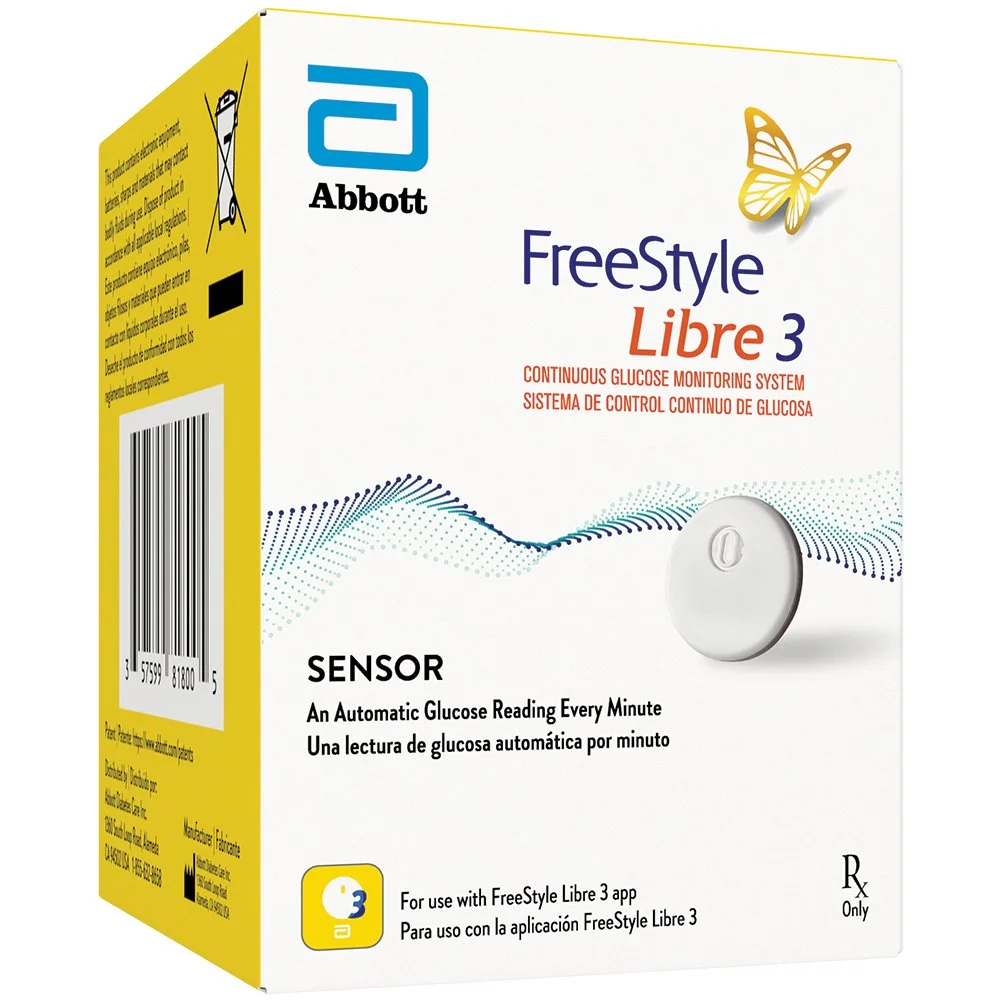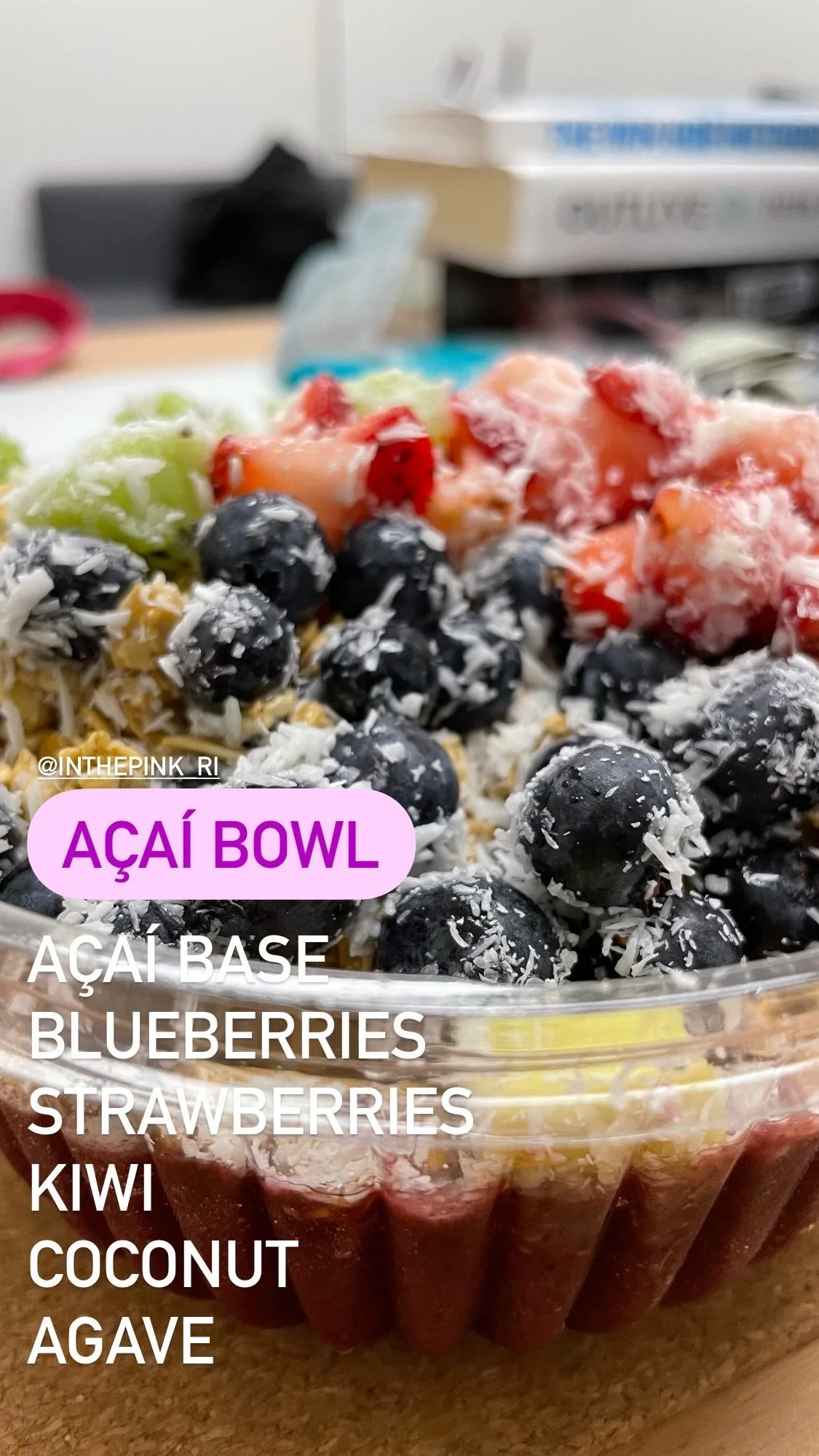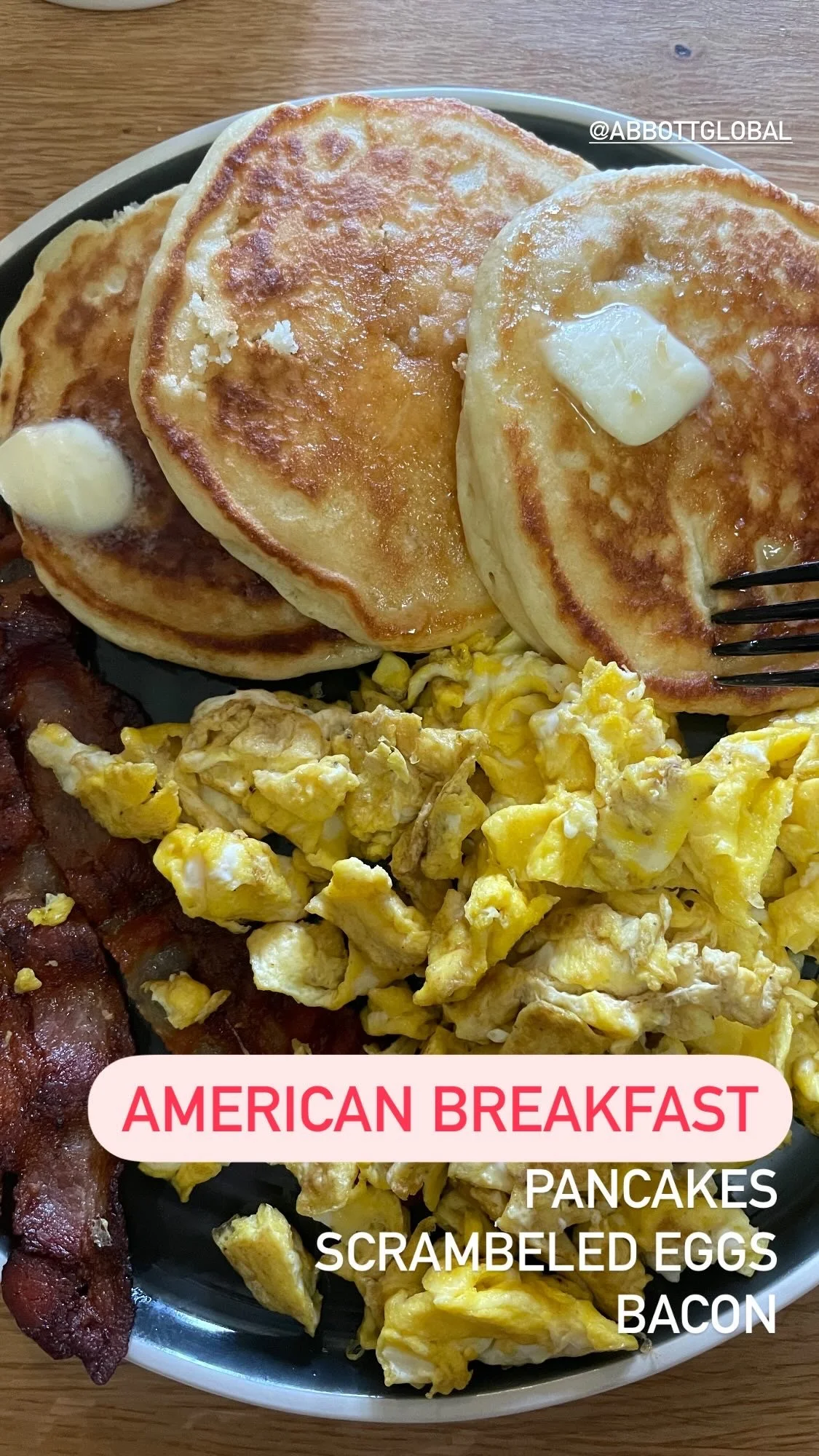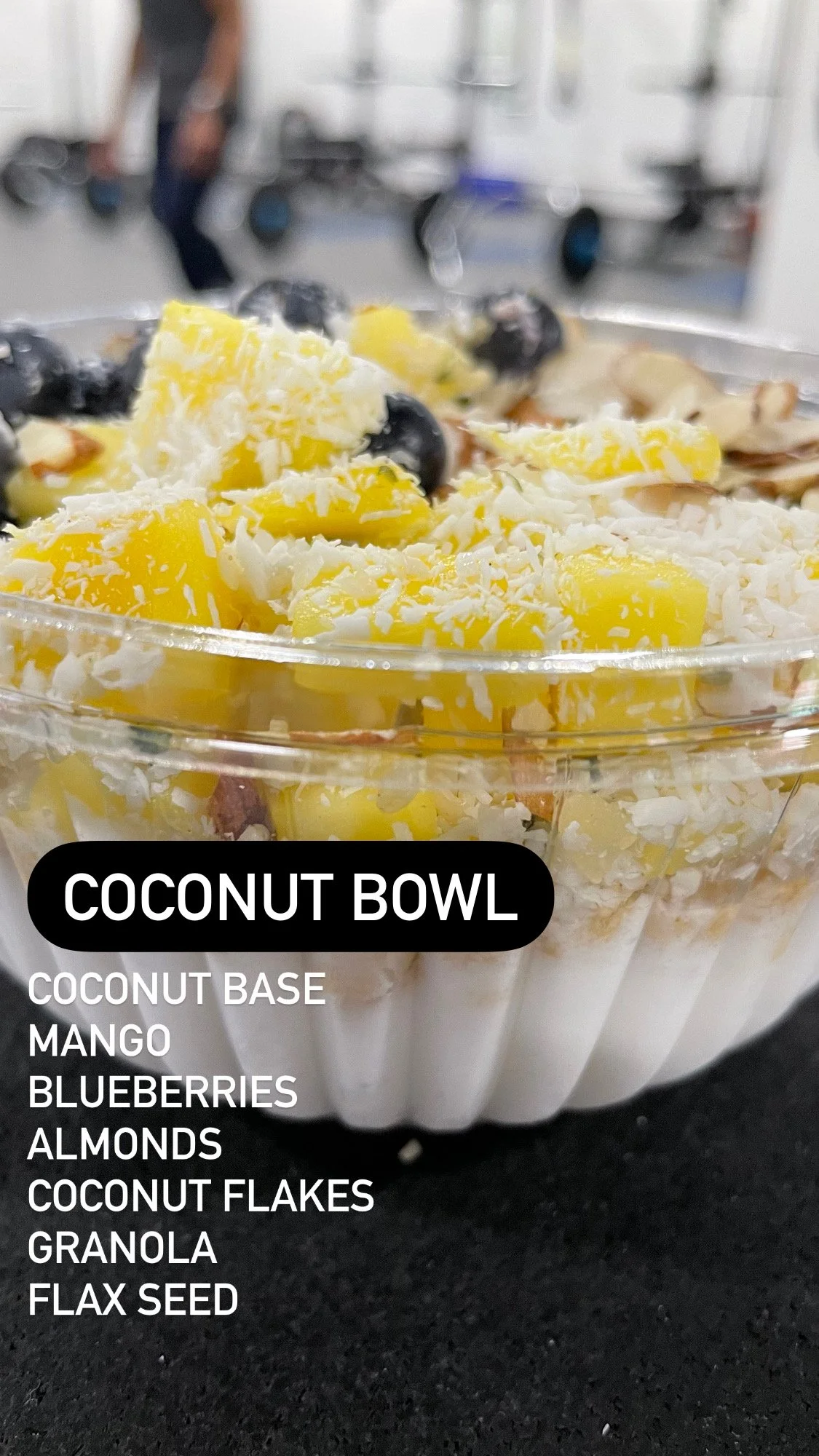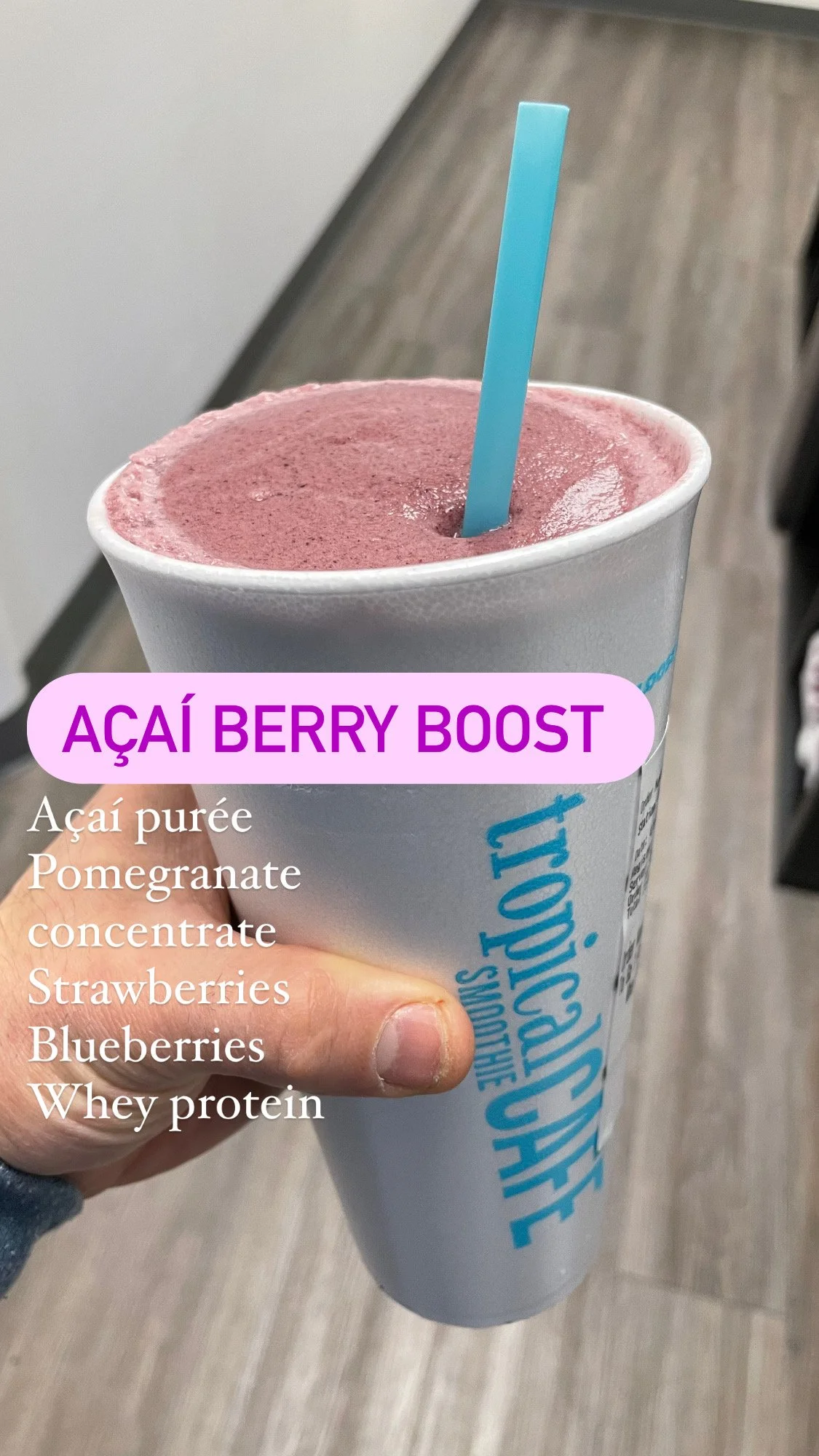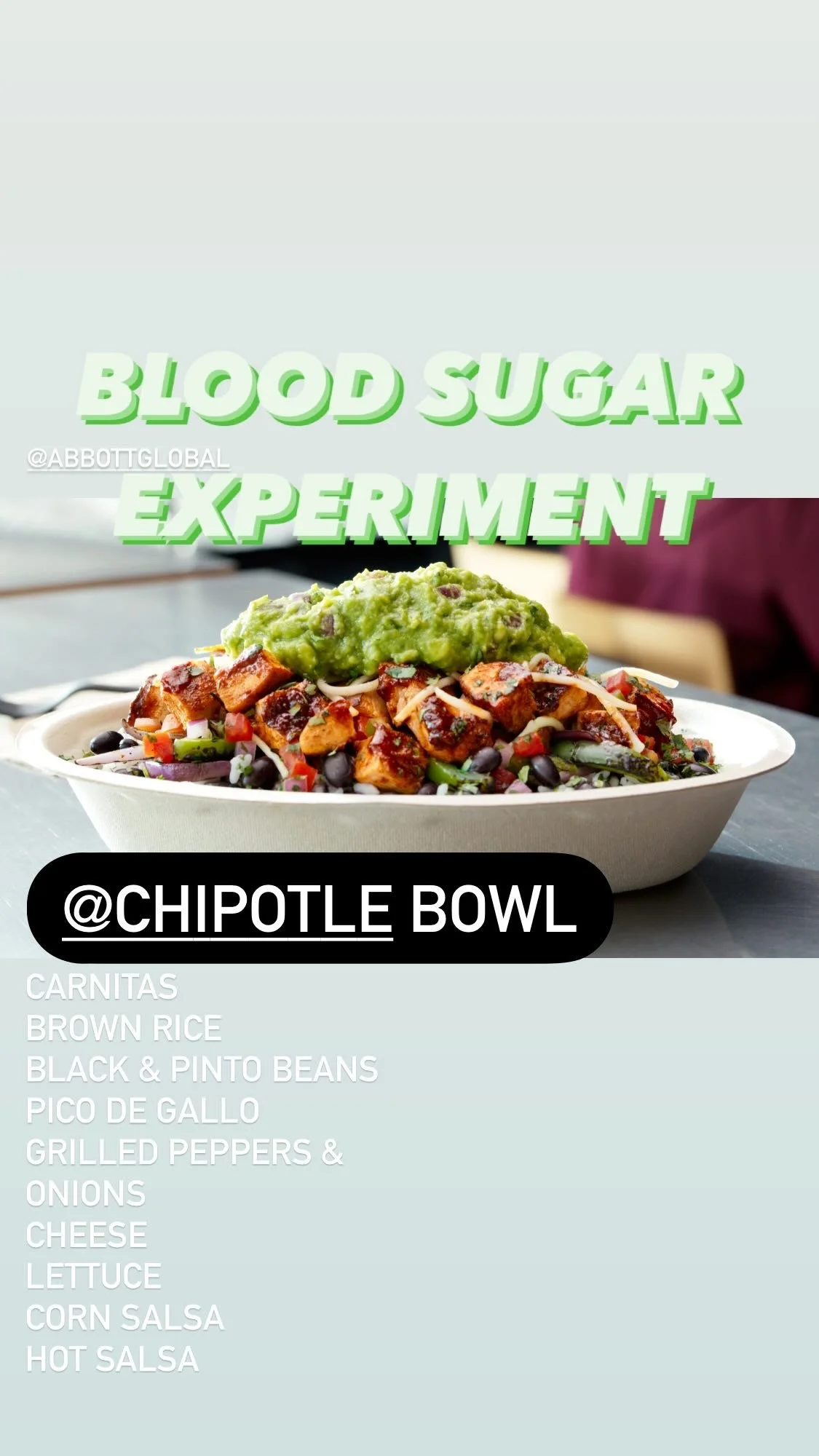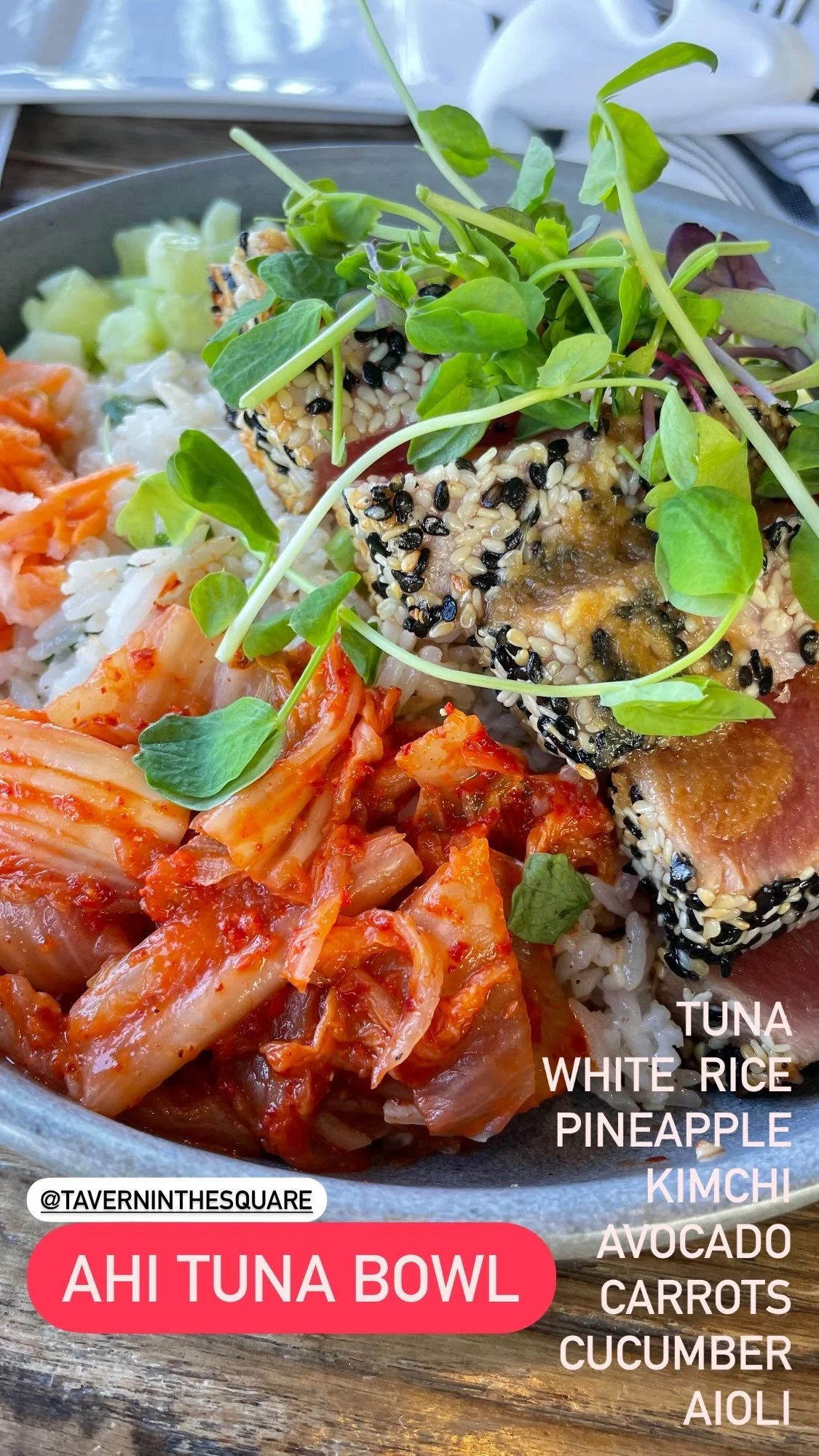I Wore A Glucose Monitor For 14-Days & This Is What Happened…
Ever wonder what a Big Mac or Chipotle burrito is doing to your body?
TLDR
Diabetes is one of the 4 main causes of mortality for Americans over 50 (i.e. the 4-Horsemen of Chronic Disease). It can lead to weight gain as well as other complications that inevitably impact how we look and feel. Unfortunately, our popular food options and even ones marketed as “healthy alternatives” can contribute to uncontrollable blood sugar which can lead us down a path to diabetes. The goal of this article is not to scare you away from your favorite foods but to give you the power to make better decisions if you’re pre-diabetic or looking to live a healthier lifestyle.
I decided to put myself through an admittedly too short of an experiment (~14 days) to see how foods my clients frequently eat affects my blood sugar. This experiment required me wearing a continuous glucose monitor (cgm) to get instant feedback at regular intervals after each meal.
Needless to say, I was very surprised in some cases while being completely unsurprised in others. I hope you take a look at some of the information (graphs, videos, pictures) below
Think you can guess the other 3 Horsemen of Chronic Disease? Scroll to the bottom to see if you’re right.
Why did I do this?
The inspiration behind this experiment comes from my work with adults who are striving to live longer, healthier lives. Although we would all love to look great when it’s time to shed clothing this summer, my main goal is for clients to live more fulfilling lives and to be able to maintain their vitality longer (i.e. improve healthspan)
Diabetes is one of the four main causes of mortality for people over 50 who don’t smoke; scroll to the bottom to see the other 3 causes. Another term we could use instead of type-2 diabetes is “insulin resistance” (IR). Here is a quick video to explain what diabetes is, what are some of the causes and what we can do about it.
Many of my clients are above 50 years old and some are already having the tough conversation with their doctor about whether or not they should start taking medication to manage blood sugar. These clients are now focused on fasting blood glucose and HbA1c when they see their doctor. When I started posting my blood sugar results, quite a few people reached out asking for more information about diabetes. Many wanted to share their experience with the disease as well as requested popular foods for me to try. The topic of diabetes hits home for a lot of people, so I was motivated to understand more.
Fasting blood glucose vs. HbA1c scores?
Think of your fasting blood glucose score as a picture that shows you your current levels, where as your HbA1c score is a short film that gives you more context of your levels over a greater period of time (3-months).
Fasting blood glucose scores
Normal 70-100mg/dL
Pre-Diabetic 100 - 125mg/dL
Diabetic >125mg/dL on two separate tests
Hb1Ac scores
Normal <5.7%
Pre-Diabetic 5.7 - 6.4%
Diabetic >6.5%
For more information click here (fasting blood glucose) and here (HbA1c)
How did I design my experiment?
During certain periods of my life I have tried the traditional finger stick method for checking my glucose which is incredibly inconvenient especially for an experiment like this. I decided to try my luck getting a continuous glucose monitor (CGM) which you wear on your body and get frequent readings without having to do anything (~1 reading/min). I went with the Freestyle Libre-3 CGM (Abbott) which was incredibly practical for what I was looking to do.
My testing method was simple :
Eat a food item while fasted (no food was eaten >12-hours before tested food)
Avoid any physically exerting activity while recording the results on my CGM in fixed intervals (immediately after, 10-mins, 20-mins…until the blood sugar reading started going down. I just sat and did administrative work or had a conversation with a friend.
Share the results on IG, Facebook & my gym community.
*notice the bump after 12PM? That’s from jiujitsu class
At first I was trying foods that I was already eating (i.e. smoothies, omelets, and overnight oats). Then I ate a few meals that I had seen on food logs I had received from clients (bagels & pasta) and finally I started asking my clients for recommendations and polling instagram (McDonald’s, Starbucks, etc.).
Initially I’ll admit that I was digging for poor choices. Eating foods that I had a strong hunch were going to jack up my blood glucose. Then I started to think, “great, I’m just pointing the finger at poor choices instead of highlighting foods that might actually help people control their blood sugar.”
Quick sidebar : The experiment was actually longer than 14-days. Unfortunately CGM’s don’t really hold up well during jiujitsu so there were some casualties along the way.
Here are my results
SOLID & BROKEN LINES : Notice colors are used twice (solid and broken lines). Unfortunately if we used other colors it would make it difficult to differentiate foods. Use the legend at the top to correctly follow each food item on the graph.
The good (<140 mg/dL)
In this group we have some fast food options as well as some homemade favorites. Bajas burrito, homemade omelet w/ tortilla, overnight oats, greek yogurt parfait, bagel w/ cream cheese, protein smoothie & SweetGreens harvest bowl.
Something to consider is certain items are in larger portions and much more filling. For example, the omelet w/ tortilla, bbq meat & veggies and the burrito are much more filling than the bagel w/ cream cheese. I would have eaten more food to fill myself up if I were just eating the bagel so this would likely increase my blood sugar.
The bad (140-180 mg/dL)
Here we have some more common fast-food options as well as some “healthy food” items. American style breakfast (pancakes, eggs, & bacon), Chipotle bowl, McDonald’s Big Mac meal, Starbucks caffe latte, chicken parmesan & penne, Coconut & açaì bowls from In the Pink & Kashi cereal.
Again we should consider how filling each meal is and which choices add to our blood sugar & calorie totals without providing much nutrition (i.e. coffee). I also cringe when I see health food stores that are peddling “super foods”. Most often these are high-sugar and moderately-caloric fruit bowl/smoothie options that taste great but you’re hungry soon after. I would avoid if possible or consider these a healthier dessert option instead of ice cream. A note on Big Mac meal; I ordered a Diet Coke with this meal so if I opted for a different beverage this meal would have been listed in the next section (the ugly).
The ugly (>180 mg/dL)
We’ve finally arrived at the worst of the worst. It may come as a surprise to some that two of the three are advertised as “healthy options” however are often highly caloric and the sugar spikes speak for themselves. With the exception of the tuna bowl, these foods left me feeling either lethargic or even terrible after eating them. In the case of the smoothie from Tropical Smoothie Cafe, I felt inflammation in my hands (yikes!).
Similar to other “health” stores, Tropical Smoothie Cafe really isn’t that healthy. Most of the fruit is either purée or concentrate. Which meals that a lot of the fiber which helps in digestion and buffers blood sugar is absent. In the case of Panera, I see the appeal because the food tastes good but you can find cheaper and healthier options on the road (see the above). Local restaurant Tavern in the Square’s Tuna bowl truly surprised me but I guess the clues were there all along. Delicious seared tuna and kimchi on a giant bed of white rice.
What did I learn and what questions do I still have?
Seeing the bigger picture; not just calories and sugar
There were a few of options that I assumed would elevate my blood glucose higher (i.e. bagel, smoothie) but didn’t give me the expected spike. Then I started to think about what else was in these foods. Was there other macronutrients (fat, protein or complex carbs) that could be competing with sugar to get into my bloodstream and ultimately blunt the affect? Finally, was I full after eating or was it likely that I need to eat more to feel satisfied. How would my blood sugar and calorie count look if I had to eat an additional food item on top of a bagel? I started to look more favorably on foods that elevated my blood sugar a little higher but also left me feeling full (i.e. burrito, overnight oats, BBQ).
Getting a CGM is a real pain unless you have diabetes
If there is one thing i’ve found in my own experience as well as talking/reading with people who have tried, doctors are unwilling to prescribe CGM’s for their clients. This seems ridiculous especially when we consider how prevalent diabetes is in our society. But hey, that’s our current health care situation and that’s a longer conversation for a different day. Out of pocket a 14-day CGM is ~$100 which means you would be paying more than $200/month out of pocket. There are some other providers for non-diabetics (i.e. Signos $143/month & Nutrisense $225/month) but are expensive and require 6-12month commitments for the most cost-effective option.
My fasting glucose levels (<100 mg/DL), could my lifestyle habits be the cause of this?
According to the World Health Organization fasting blood glucose levels 70-100 mg/dL are “expected”. With that said my lifestyle could definitely influence this. I often eat my last meal fairly late in the evening and am a night owl. Last nights food and sleep quality can influence fasting glucose values.
Exercise influenced by blood sugar, sometimes…
I noticed on days where I went for steady-state runs (~30-mins at around 8:00/mile) and strength training routines, my blood glucose wouldn’t really move (<10mg/dL). However, when I did sprint work or went to jiujitsu my blood glucose would have sudden spikes. Although I’m not certain, my guess would be my body is having greater and more sudden needs for energy during those sessions and my body is having trouble titrating (or getting the balance). Conversely, my strength workouts and runs are likely less metabolically demanding so I’m able to get the appropriate amount of energy required.
Some foods hit me quick others took longer
Foods like Tavern’s tuna bowl, Panera’s soup/sandwich/bread, and Tropical Smoothie Cafe raised my score >135 mg/dL within the first 10-minutes. Others like, In The Pink’s açaì and coconut bowls, Kashi cereal, pancakes and Starbucks elevated my blood glucose >140 mg/dL but took longer to get there. The science tells us that simple sugars (i.e. glucose, fructose and galactose) are absorbed faster than their more complicated counter-parts. These foods may have a higher concentration of those simple sugars than the other foods. Another factor is the other nutrients in the food that may compete with sugar for these absorption sites into the blood. If fiber, proteins and fats are also competing for space in the gut, sugar absorption may be blunted.
What about someone who is not as physically active or a different age?
Insulin-sensitivity is impacted by your age and activity levels. Someone who is younger and more active may have an easier time clearing sugar from the blood and storing it for later. Unfortunately as we get older, this process is slower and we need to prioritize exercise and eating less sugary foods to manage our blood sugar.
Other foods I wish I had tried
Sushi is probably the food I am most disappointed that I didn’t sample during this experiment. I also wish I fasted for 24-hours to see what happened. Oh well, next time!
4 Horsemen of Chronic Disease
Amounts in 80% of all cause mortality for people over 50 who don’t smoke.
If you enjoyed reading this article or think it would be helpful to someone you know, please share!

